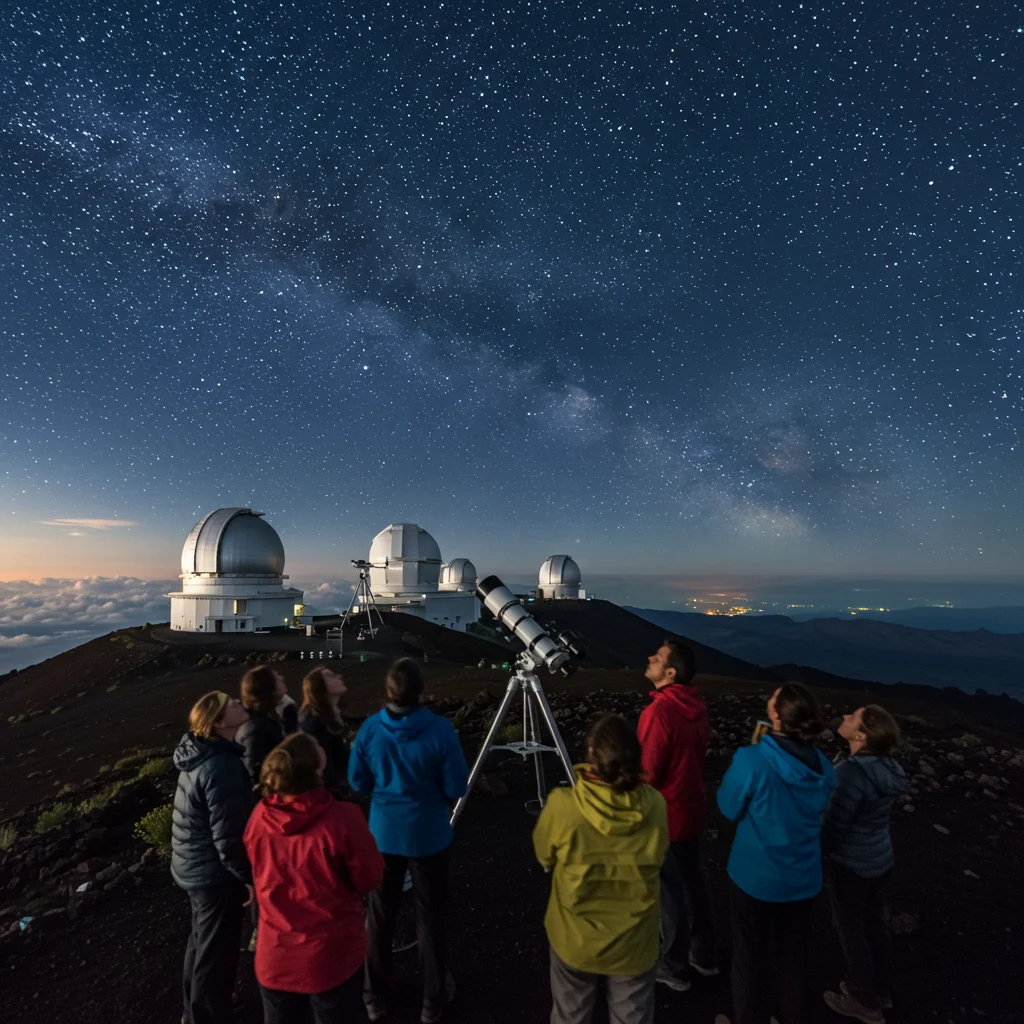Introduction to Mauna Kea Stargazing
Stargazing on Mauna Kea offers an experience unlike any other on Earth. Perched high above the clouds on the Big Island of Hawaii, this dormant volcano provides a front-row seat to the universe. The thin, crisp air and minimal light pollution create a sky that dazzles with clarity, drawing astronomers, photographers, and night sky enthusiasts from across the globe. Whether you are a seasoned stargazer or a curious traveler, Mauna Kea promises profound moments beneath a celestial canopy.
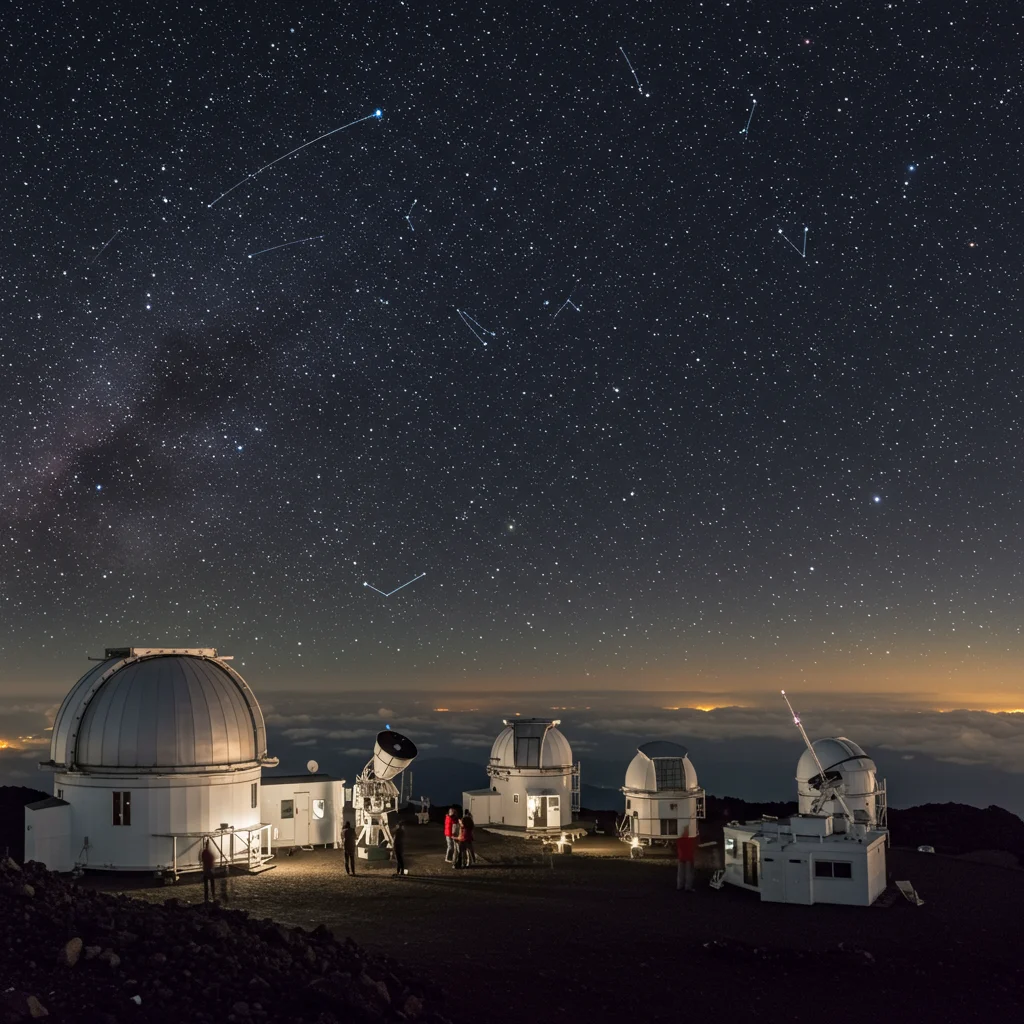
Why is Mauna Kea Famous for Stargazing?
The reputation of Mauna Kea as a stargazing destination is legendary. Its elevation and remote location combine to provide some of the clearest, darkest skies anywhere in the world. Here, the stars seem to shimmer just out of reach, and the sheer number of visible celestial objects is astonishing.
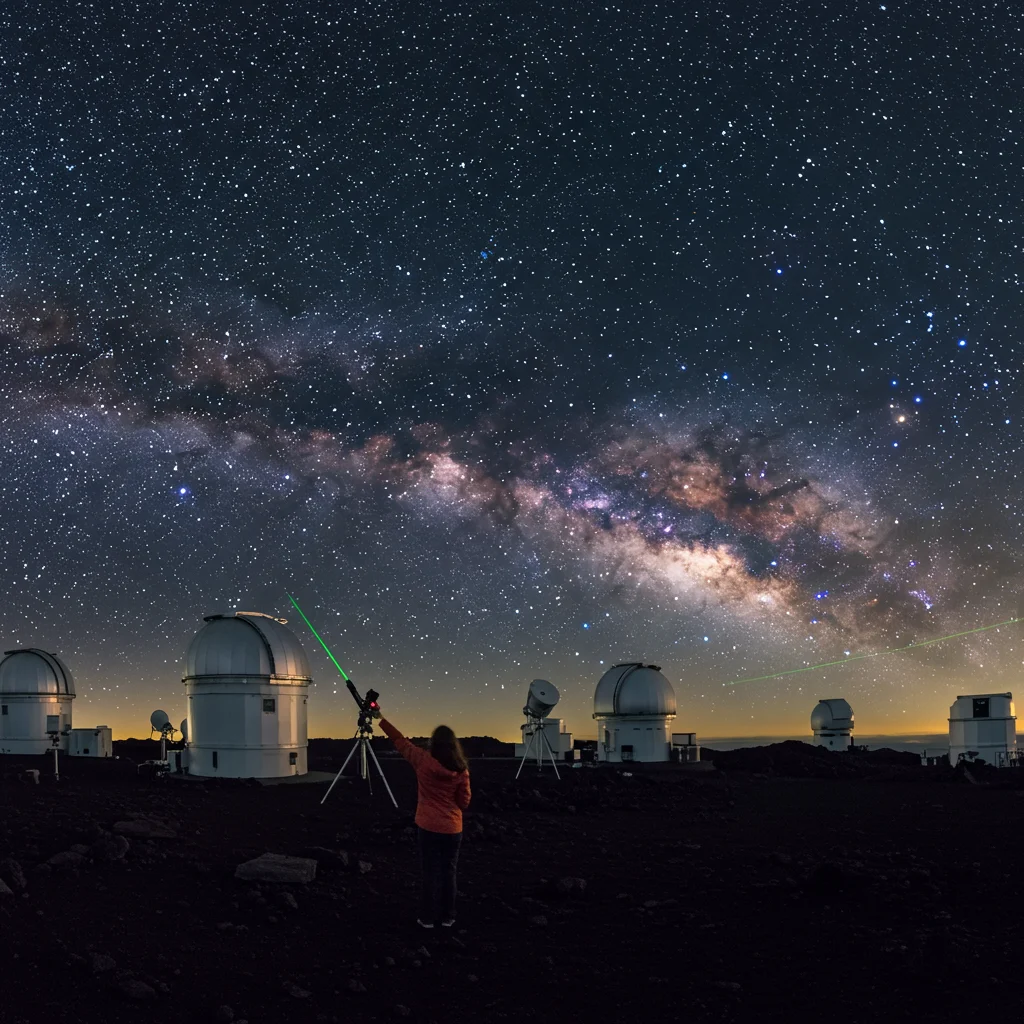
What Makes Mauna Kea Unique for Astronomy?
Mauna Kea’s summit rises over 13,000 feet above sea level, putting it above much of the Earth’s atmosphere. This height, paired with consistently stable air and low humidity, means minimal atmospheric distortion. The absence of city lights and the island’s isolation further reduce light pollution, giving astronomers an ideal platform for deep-sky observation.
History of Stargazing at Mauna Kea
The tradition of stargazing on Mauna Kea dates back centuries. Native Hawaiians have long used the stars for navigation and spiritual guidance. In modern times, the summit has become home to some of the world’s most advanced observatories, cementing its place as a global center for astronomical research and public stargazing.
Overview of Mauna Kea’s Location and Geography
Mauna Kea is located in the center of Hawaii’s Big Island, standing as its tallest peak. The landscape transitions from lush forests at lower elevations to stark, volcanic terrain near the summit. Visitors often notice the dramatic change in temperature and scenery as they ascend, moving from warm coastal breezes to crisp, thin air and barren lava fields.
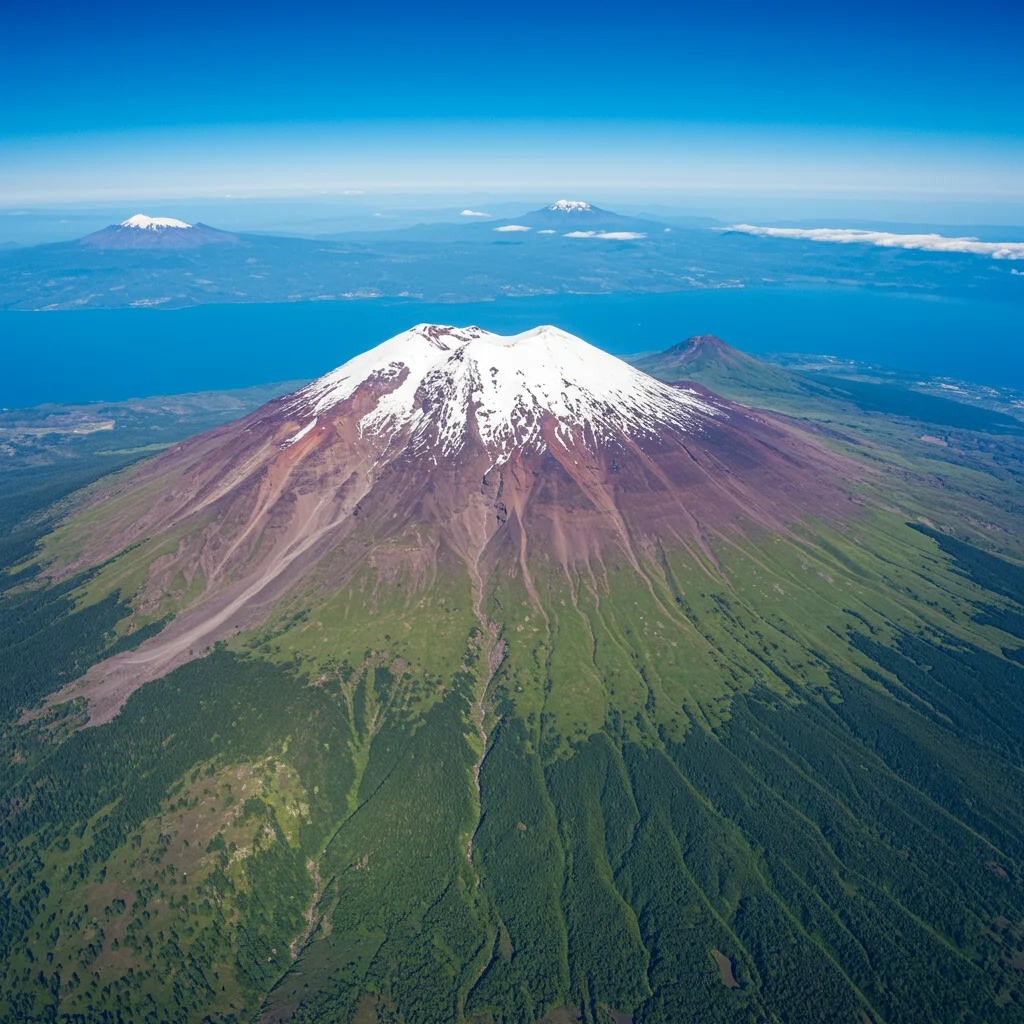
How to Get to Mauna Kea
Reaching Mauna Kea requires careful planning due to its remote location and challenging roads. The journey itself is an adventure, with winding highways and, at higher elevations, rugged gravel paths.
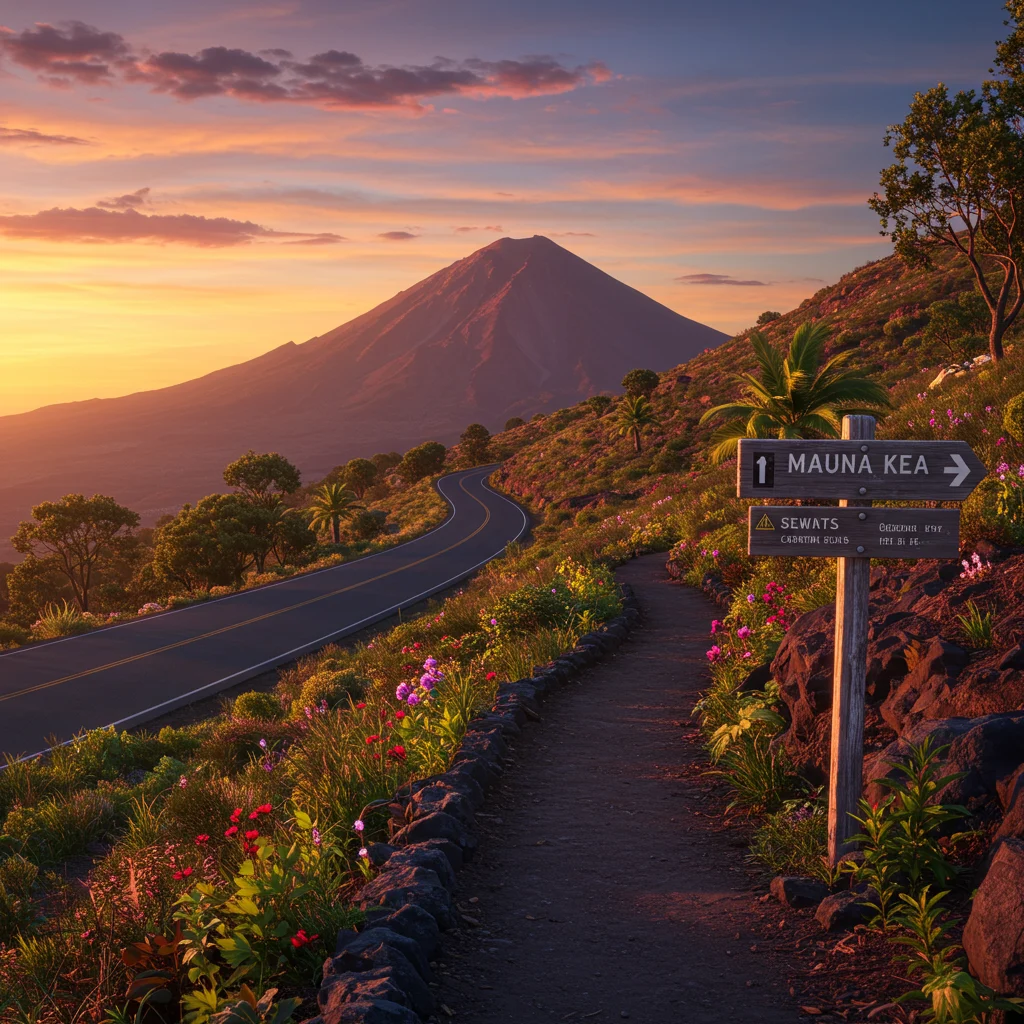
Traveling from Hilo
From Hilo, the drive to Mauna Kea’s Visitor Information Station (VIS) typically takes about an hour. The route follows Saddle Road (Daniel K. Inouye Highway), a well-maintained highway that cuts through the heart of the island, offering sweeping views and occasional glimpses of wild goats and birds.
Traveling from Kona
Travelers coming from the Kona side should expect a drive of roughly two hours. The journey traverses arid lava fields, with the landscape gradually shifting as you gain altitude. Make sure to fuel up and stock supplies in Kona, as services become sparse along the way.
Do You Need a 4WD Vehicle?
A four-wheel-drive vehicle is essential for those planning to reach Mauna Kea’s summit. The final stretch after the VIS is steep, rough, and often loose with volcanic gravel. Rental agencies frequently restrict standard vehicles from this segment. For visitors intending only to stargaze at the VIS, a regular car suffices.
Mauna Kea Visitor Information Station (VIS)
The Visitor Information Station is the gateway for most stargazers. Located at 9,200 feet, it serves as a hub for acclimatization, orientation, and night sky programs.
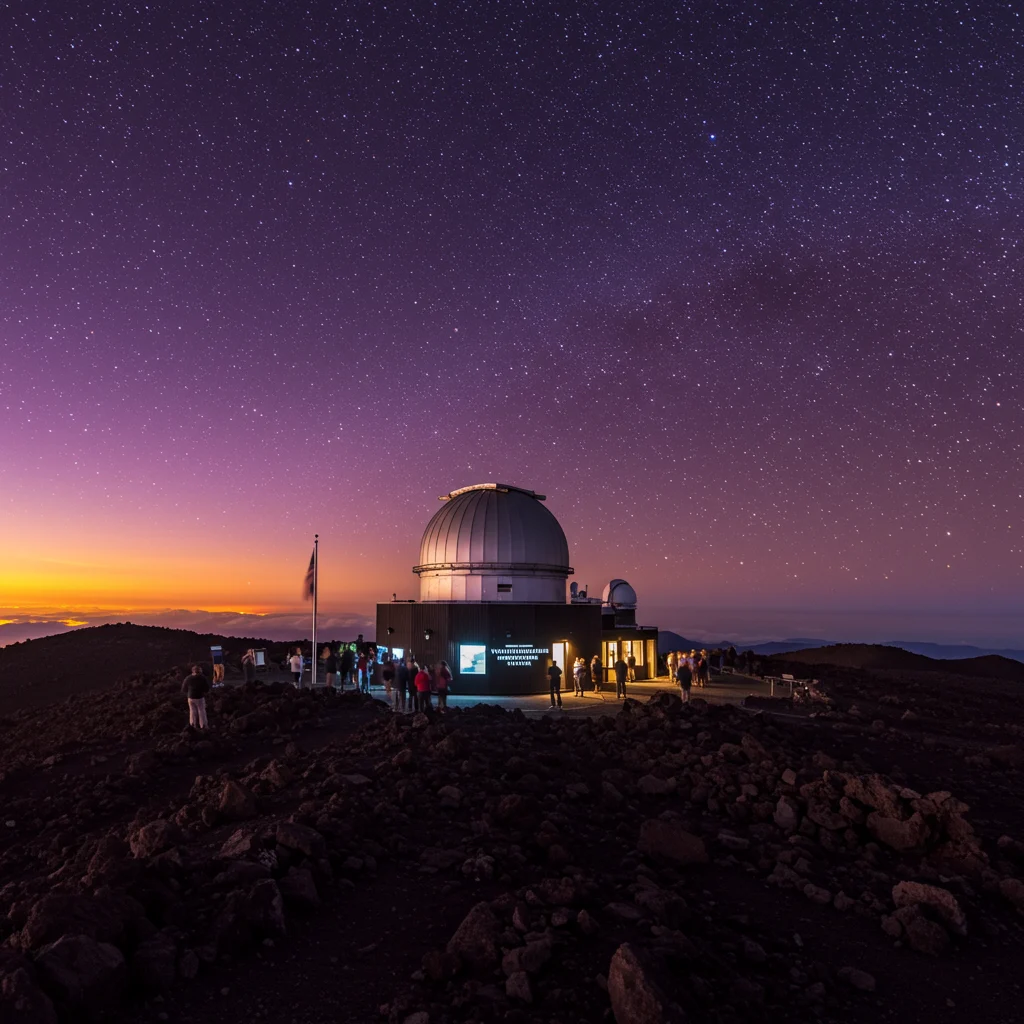
What Services Are Available at the VIS?
The VIS offers a range of resources, including knowledgeable staff, educational displays, and stargazing equipment. On select evenings, they provide guided telescope viewing and interpretive talks. Public restrooms and a small gift shop are also available.
Facilities and Amenities at the VIS
Amenities at the VIS are basic but sufficient for stargazing needs. Visitors can find picnic tables, potable water, and clean restroom facilities. The VIS also sells snacks, warm beverages, and logo gear to commemorate your visit.
Altitude and Acclimatization: Staying Safe
The high elevation of Mauna Kea poses unique health considerations. Proper acclimatization is vital to enjoying your night under the stars safely and comfortably.
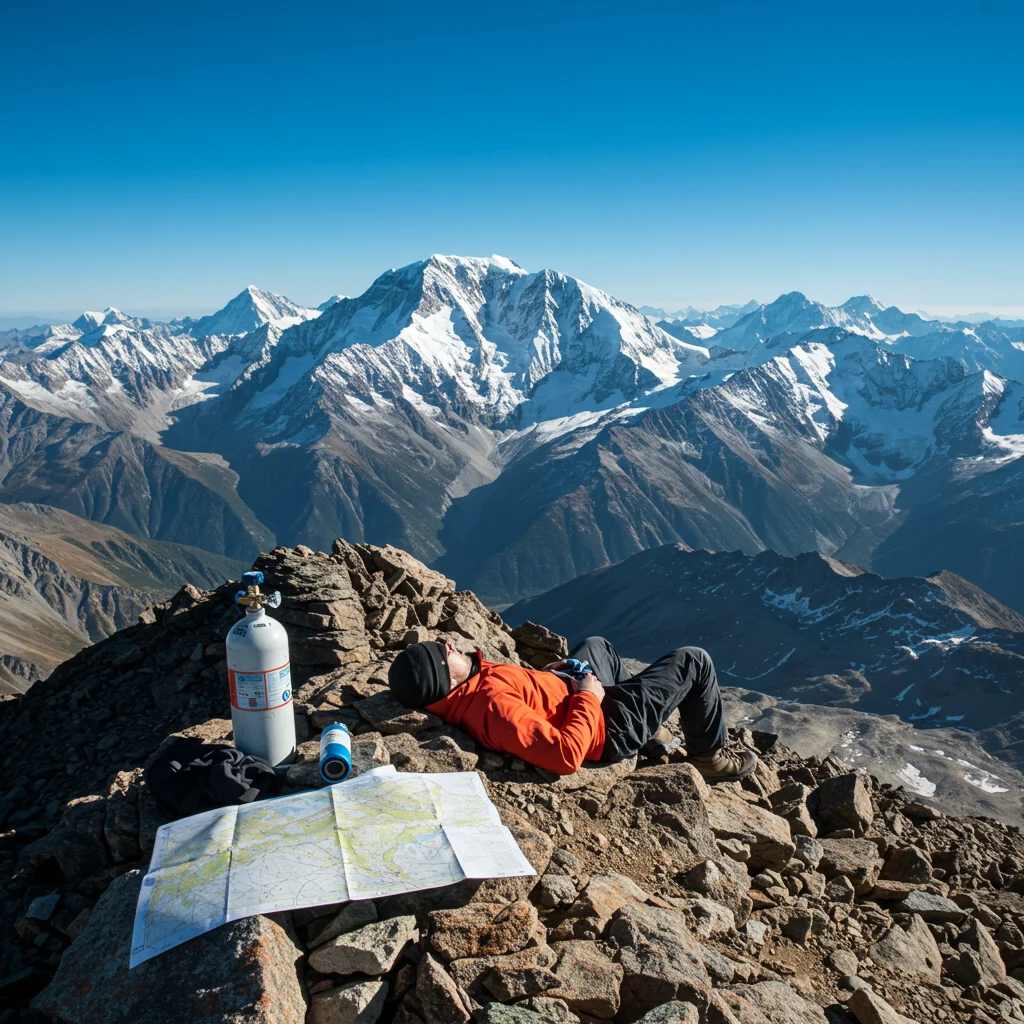
Why is Acclimatization Important?
At over 9,000 feet, the air contains significantly less oxygen. Ascending too rapidly can result in altitude sickness, characterized by headaches, nausea, and dizziness. Taking time to acclimate helps your body adjust and reduces risks.
How Long Should You Acclimate?
Experts recommend spending at least 30 minutes to an hour at the VIS before proceeding higher. If you are coming from sea level, longer rest periods are beneficial. Listen to your body, and descend if you feel unwell.
Health Risks and Safety Tips
Children, pregnant individuals, and those with respiratory or heart conditions should avoid high elevations. Hydrate frequently, avoid alcohol, and dress warmly. Emergency services are limited, making self-care and preparation essential.
Best Time for Stargazing on Mauna Kea
To witness the most spectacular night sky, timing your visit is crucial. Both seasonal weather and lunar cycles play a role in determining visibility.

Seasonal Weather Considerations
Mauna Kea’s summit is often clear, but weather can change rapidly. Winter months may bring snow and road closures, while summer evenings are typically dry and calm. Always check forecast updates before heading up.
Moon Phases and Stargazing Visibility
A new moon offers the darkest skies, maximizing the number of stars and faint celestial objects visible. Full moons, while beautiful, can wash out dimmer stars and deep-sky features. Plan your visit around the lunar calendar for optimal viewing.
What is the Ideal Time of Night?
The best stargazing occurs after astronomical twilight, when the sun is well below the horizon. On Mauna Kea, this is generally from 8:30 pm to midnight, when the sky is darkest and the Milky Way arches overhead.
Mauna Kea Stargazing Tours: What to Expect
Guided tours take the guesswork out of your Mauna Kea adventure. They offer safe transportation, expert guides, and specialized equipment for an enriching night under the stars.
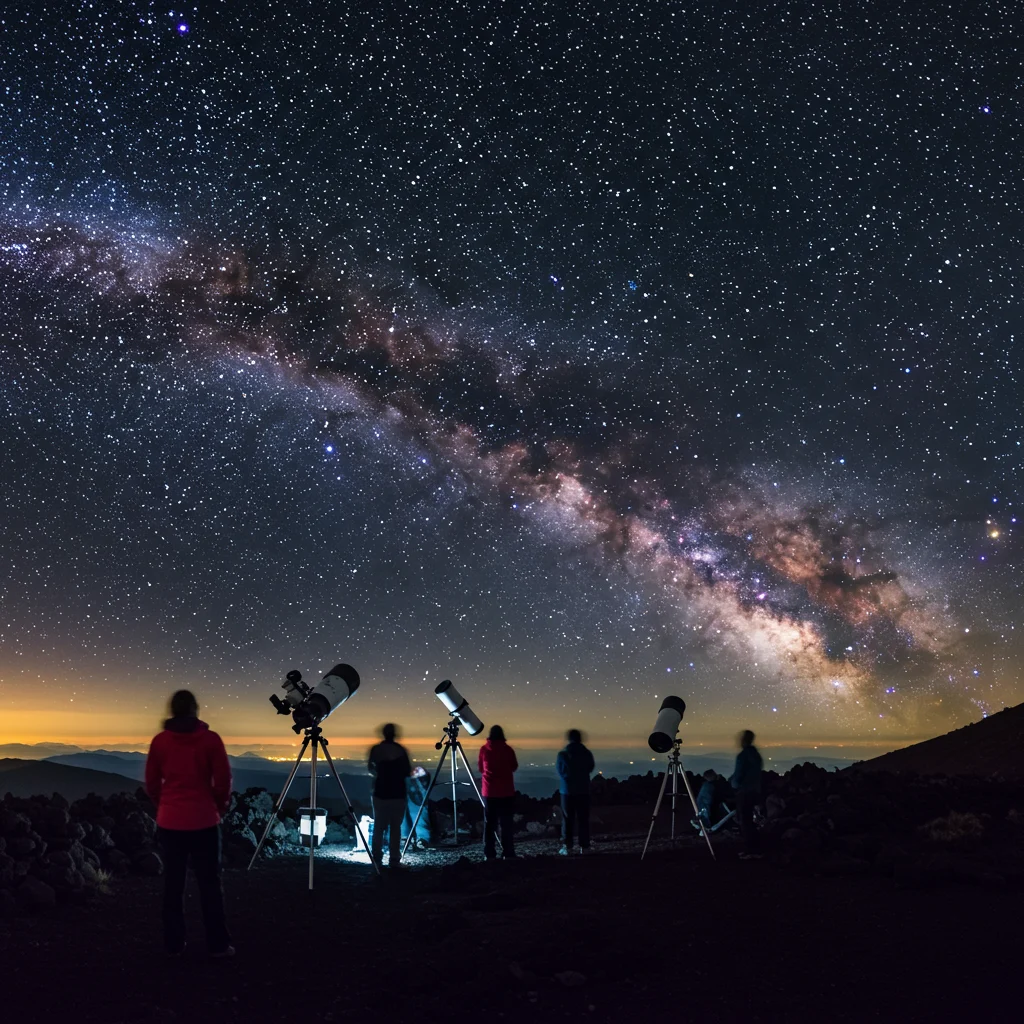
Types of Stargazing Tours Offered
Tour companies provide a variety of options, including summit excursions, VIS stargazing programs, and private photography outings. Some tours combine sunset viewing with nighttime observation, creating a memorable double feature.
Tour Inclusions: What’s Provided?
Most tours supply warm jackets, gloves, hot beverages, and high-powered telescopes. Guides share insights on astronomy, local legends, and the mountain’s cultural importance. Some operators even provide professional astrophotography assistance.
How to Choose the Right Tour Company
When selecting a tour, consider group size, guide credentials, and included amenities. Read recent reviews and verify that the operator has the necessary permits. If you want to combine your stargazing with other island experiences, you might find inspiration by reading about unique activities like the Moana’s Swim ‘n’ Sail Cocktail Cruise for ideas on how to enrich your Hawaiian adventure.
Self-Guided Stargazing: Is It Possible?
For independent travelers, self-guided stargazing at the VIS is a rewarding option. However, it requires careful planning and adherence to regulations.
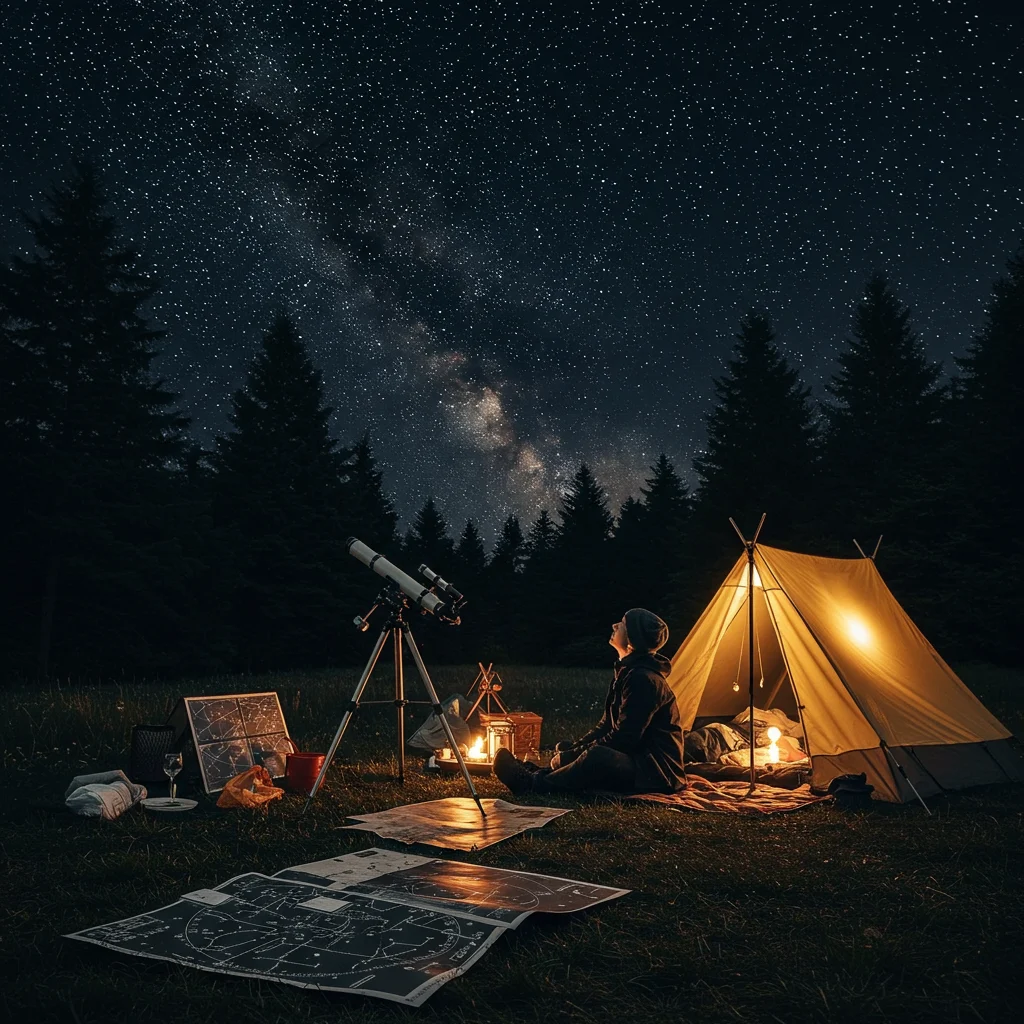
Permits and Regulations for Independent Visitors
No special permit is needed to visit the VIS, but summit access is strictly regulated. Only authorized vehicles and guided tours may proceed to the summit after dark. Always check current rules before your visit.
Tips for Self-Guided Stargazers
Arrive early to acclimate, bring your own binoculars or telescope, and pack extra layers for warmth. Respect posted signs and stay within designated areas. For those interested in combining outdoor adventure with nature appreciation, our coverage of the Morning Kealakekua Snorkel Tour demonstrates how to balance independent exploration with guided experiences.
Cultural Significance of Mauna Kea
Mauna Kea is more than a scientific outpost; it is a sacred site deeply rooted in Hawaiian culture. Understanding and honoring its significance is a vital part of any visit.
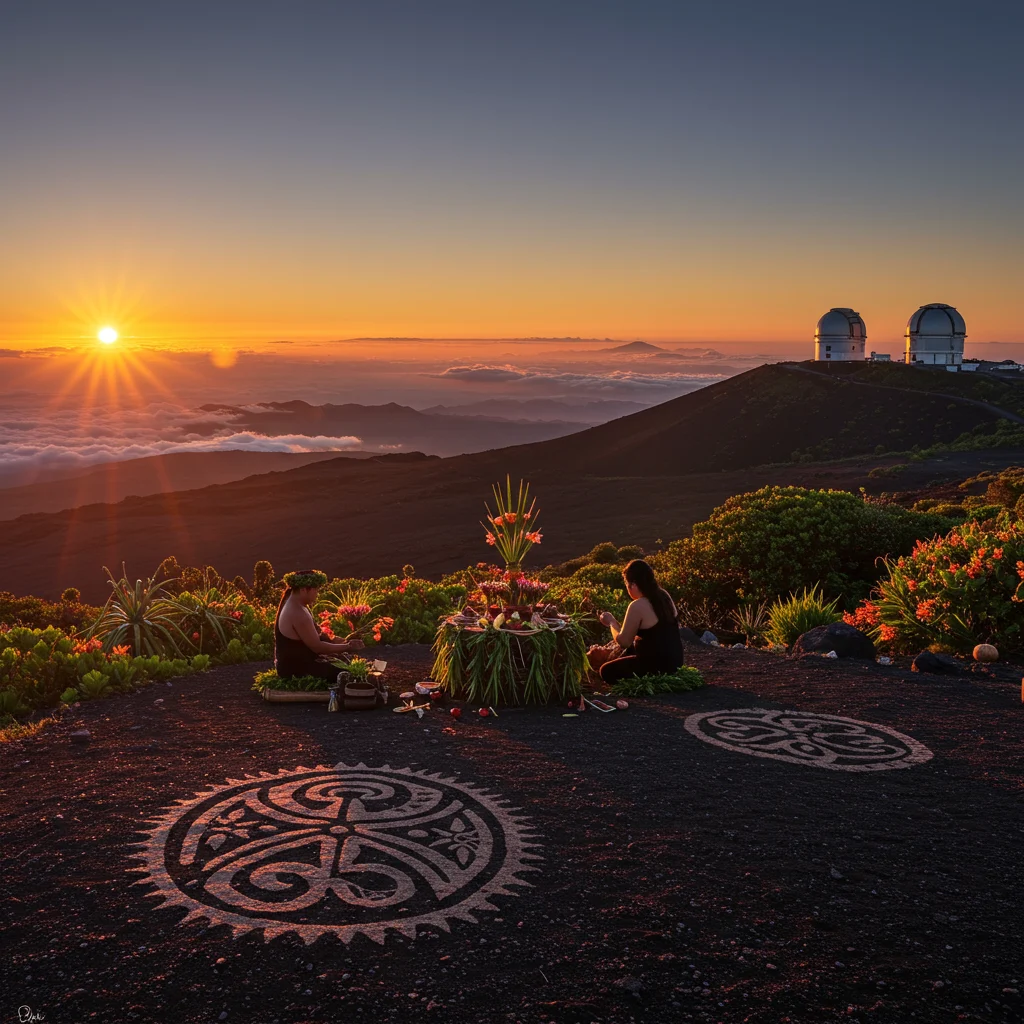
Respecting Native Hawaiian Traditions
The summit is regarded as a spiritual realm by Native Hawaiians, home to deities and ancestral spirits. Visitors are asked to move respectfully, avoid disturbing shrines, and participate in cultural education when possible.
Guidelines for Responsible Visiting
Follow all posted rules and guidelines. Limit noise, stay on marked paths, and refrain from removing rocks or artifacts. Supporting local guides and educational programs helps preserve the mountain’s heritage for future generations.
Mauna Kea Observatories: A Brief Overview
Mauna Kea’s summit hosts a remarkable collection of observatories, attracting astronomers from around the world.
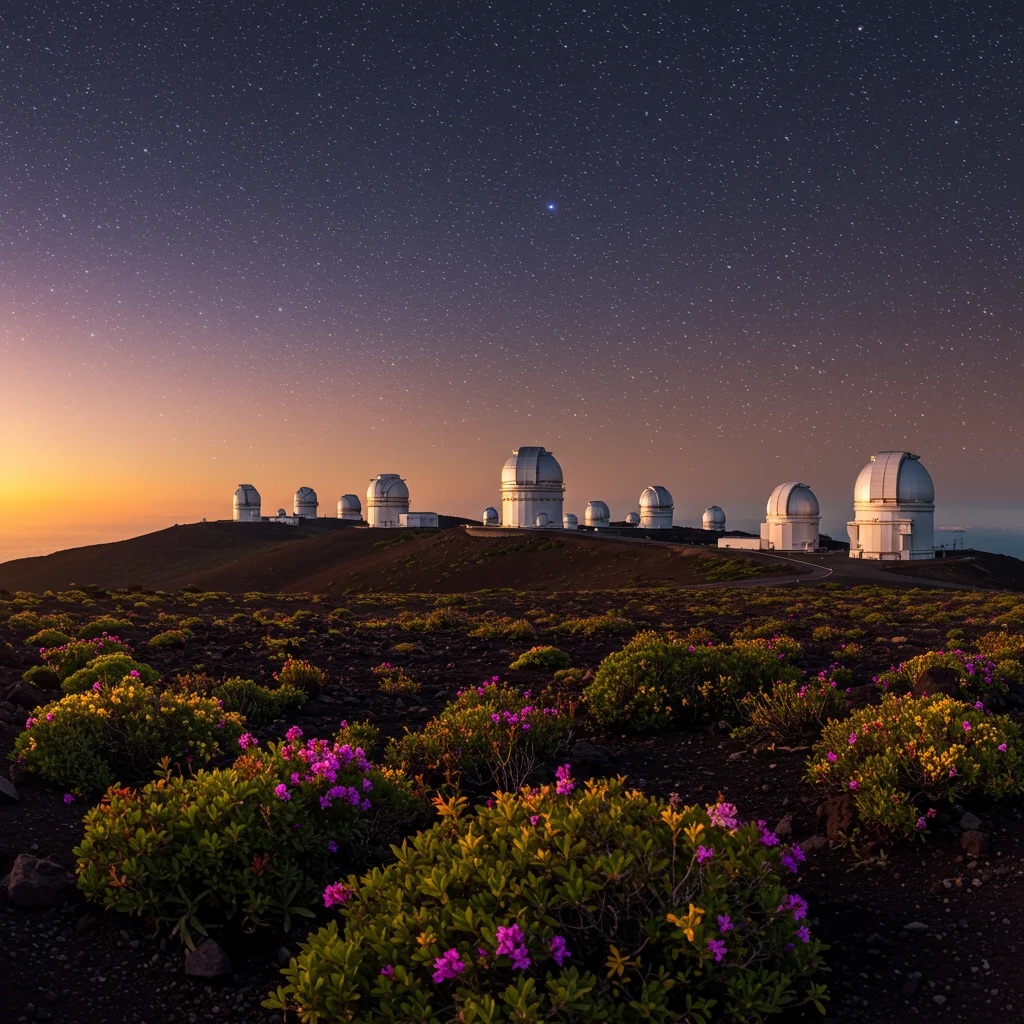
Can You Visit the Summit Observatories?
While the observatories themselves are not open for public tours, visitors can view the exteriors from the summit road. Access to the summit is restricted and may be closed due to weather, research activity, or cultural events.
What Telescopes Are Located on Mauna Kea?
Mauna Kea is home to 13 world-class telescopes, including the Keck, Subaru, and Gemini North observatories. These instruments have contributed to groundbreaking discoveries in planetary science and cosmology.
What Can You See When Stargazing at Mauna Kea?
The night sky above Mauna Kea is a treasure trove for astronomy enthusiasts. On a clear night, the sheer volume and brightness of stars are breathtaking.
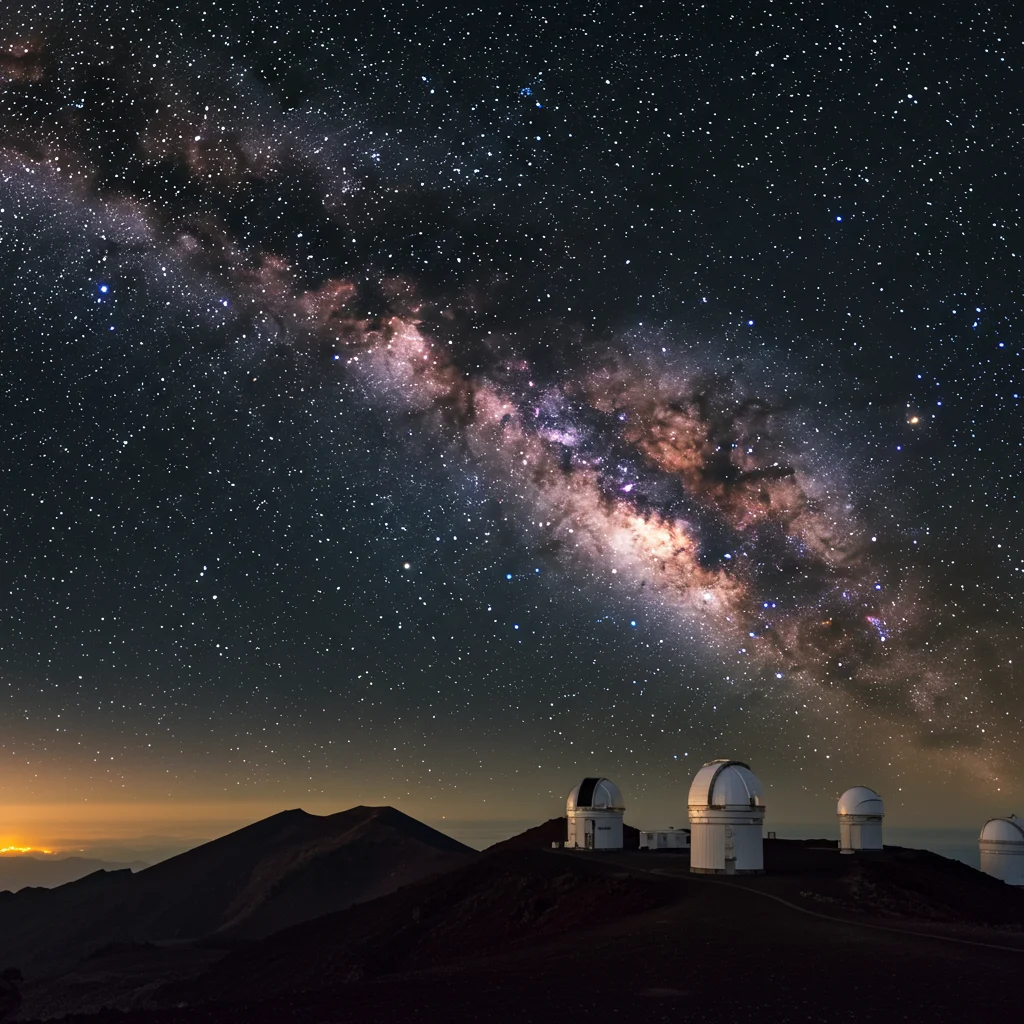
Planets and Celestial Objects Visible
Depending on the season, you can observe planets such as Jupiter, Saturn, Mars, and Venus. Bright star clusters, nebulae, and even distant galaxies are visible with the naked eye or a modest telescope.
Milky Way and Deep Sky Objects
From Mauna Kea, the Milky Way stretches in an iridescent ribbon across the sky. With minimal light pollution, deep sky objects like the Andromeda Galaxy and the Orion Nebula reveal intricate details.
Meteor Showers and Special Events
Annual meteor showers, including the Perseids and Geminids, create dazzling displays. Special astronomical events, such as lunar eclipses, are also visible in spectacular clarity from the summit.
Stargazing Equipment: What Should You Bring?
While you do not need expensive gear to enjoy Mauna Kea’s skies, the right equipment can greatly enhance your experience.
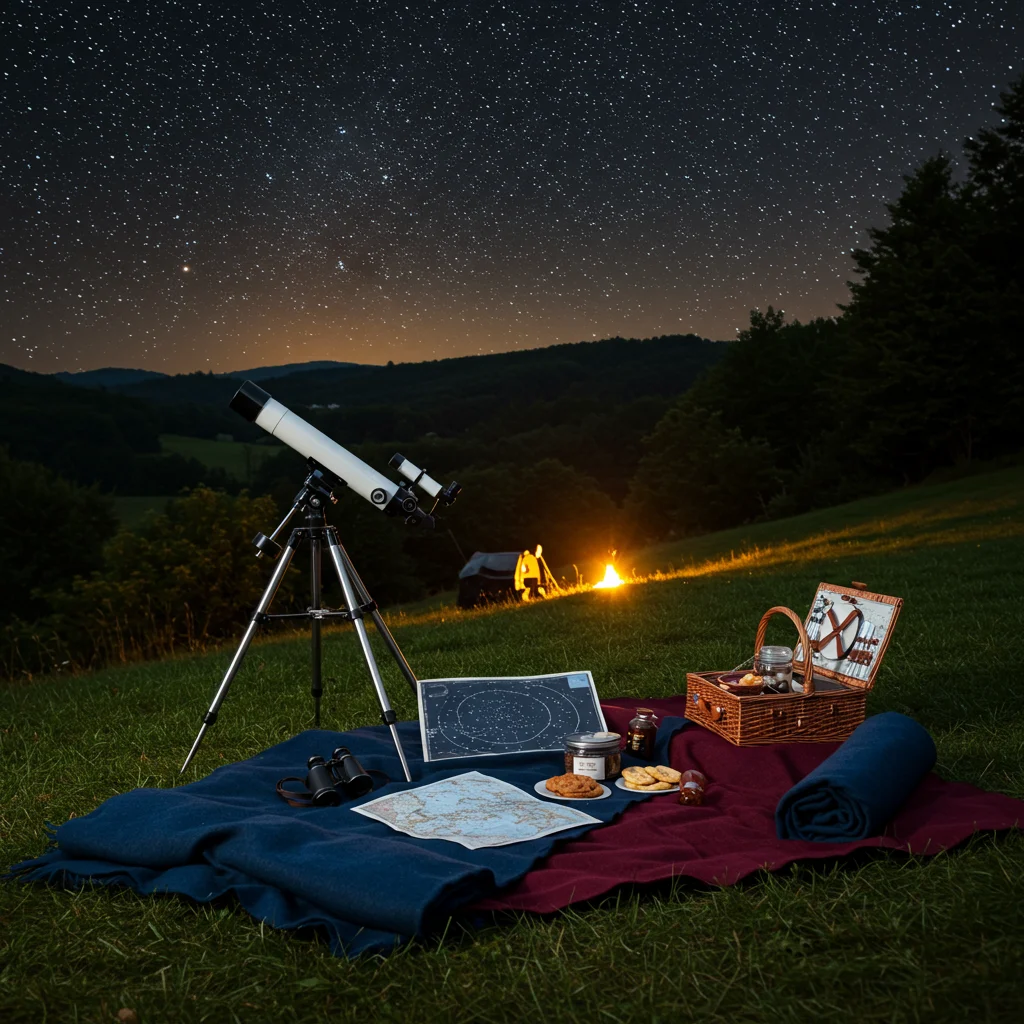
Recommended Telescopes and Binoculars
A compact telescope or high-quality binoculars are ideal for beginners. Many stargazers find that even simple optics reveal stunning lunar craters, star clusters, and planetary rings.
Apps and Star Charts for Beginners
Smartphone apps such as SkyView or Star Walk help identify constellations and planets in real time. Printable star charts are also handy for orientation, especially in areas with limited cell service.
Dress Code: How to Stay Warm and Comfortable
Temperatures at Mauna Kea can plunge below freezing after dark, even in summer. Dressing appropriately is crucial for a safe and enjoyable night.

Layering Tips for Cold Weather
Wear several layers, including a thermal base, insulating mid-layer, and windproof outer shell. Thick socks, gloves, and a warm hat are essential to prevent heat loss.
Essential Accessories for Comfort
Bring a headlamp with a red light setting to preserve night vision, hand warmers for extra comfort, and a thermos of hot tea or cocoa. Sturdy boots and a blanket add further insulation against the cold ground.
Photography at Mauna Kea: Capturing the Night Sky
Photographing the night sky atop Mauna Kea is an unforgettable pursuit. The clarity of the stars and the dramatic volcanic landscape offer endless creative possibilities.
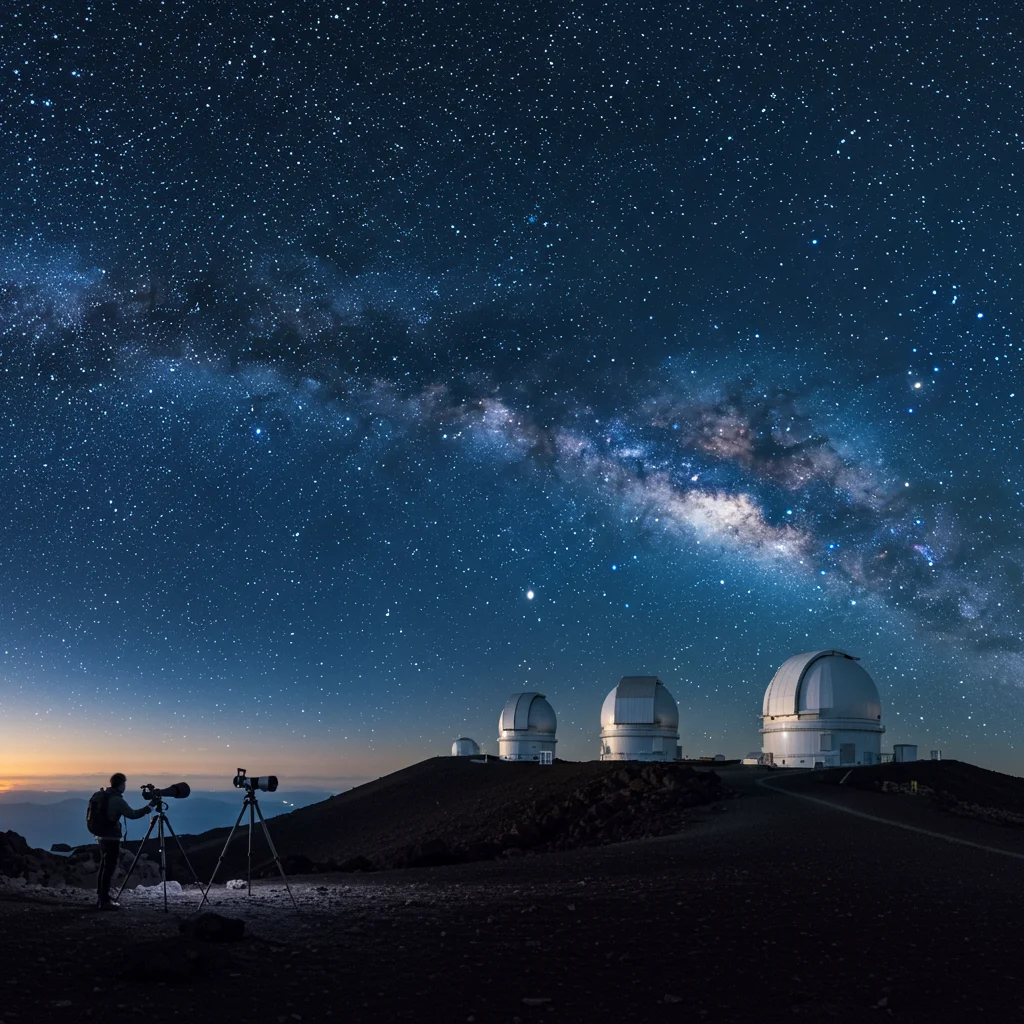
Best Cameras and Lenses for Astrophotography
A DSLR or mirrorless camera with manual settings is ideal. Fast prime lenses (f/2.8 or wider) allow more light and sharper images. Wide-angle lenses capture sweeping vistas of the Milky Way and summit.
How to Take Stunning Milky Way Photos
Scout your composition during twilight. Use a tripod and set your camera to a high ISO (1600–3200), a wide aperture, and a 20–30 second exposure. Experiment with foreground elements, such as volcanic rock or observatory domes, for dramatic effect.
Camera Settings for Night Photography
Manual focus on a bright star, disable image stabilization, and use RAW format for post-processing flexibility. Set white balance to daylight or auto, and check your histogram to avoid overexposure.
Tripods and Remote Shutters: Why They Matter
A sturdy tripod is essential to eliminate camera shake during long exposures. Remote shutter releases or timer functions prevent accidental movement, ensuring crisp, blur-free stars.
Editing Your Stargazing Photos
Use editing software to enhance contrast, reduce noise, and bring out colors in the sky. Adjust exposure and clarity to highlight the Milky Way’s intricate details. Share your best shots with friends and fellow travelers.
Top Mauna Kea Stargazing Photo Spots
Both the VIS area and the summit offer exceptional vantage points for astrophotography. Each location presents unique opportunities depending on your interests and equipment.
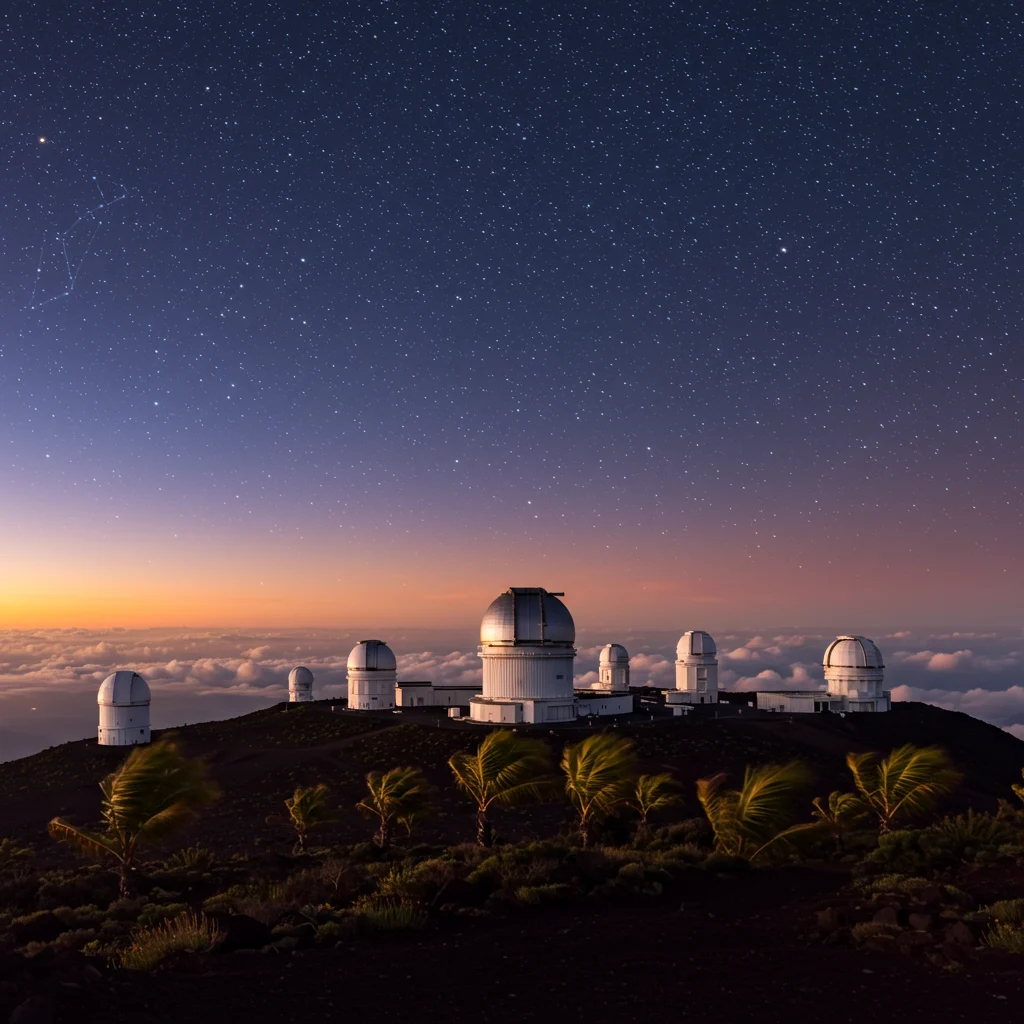
VIS Area Photography Locations
The VIS parking lot and nearby trails provide open views of the sky and horizon. The silhouette of Mauna Loa in the distance adds depth and scale to wide-angle shots.
Summit Area Photo Opportunities
At the summit, capture observatory domes beneath a star-filled sky. The barren volcanic landscape and panoramic views create striking compositions, especially during meteor showers or when the Milky Way is overhead.
Rules and Etiquette for Stargazing and Photography
Respect for both the environment and fellow visitors is vital to preserving the Mauna Kea stargazing experience.
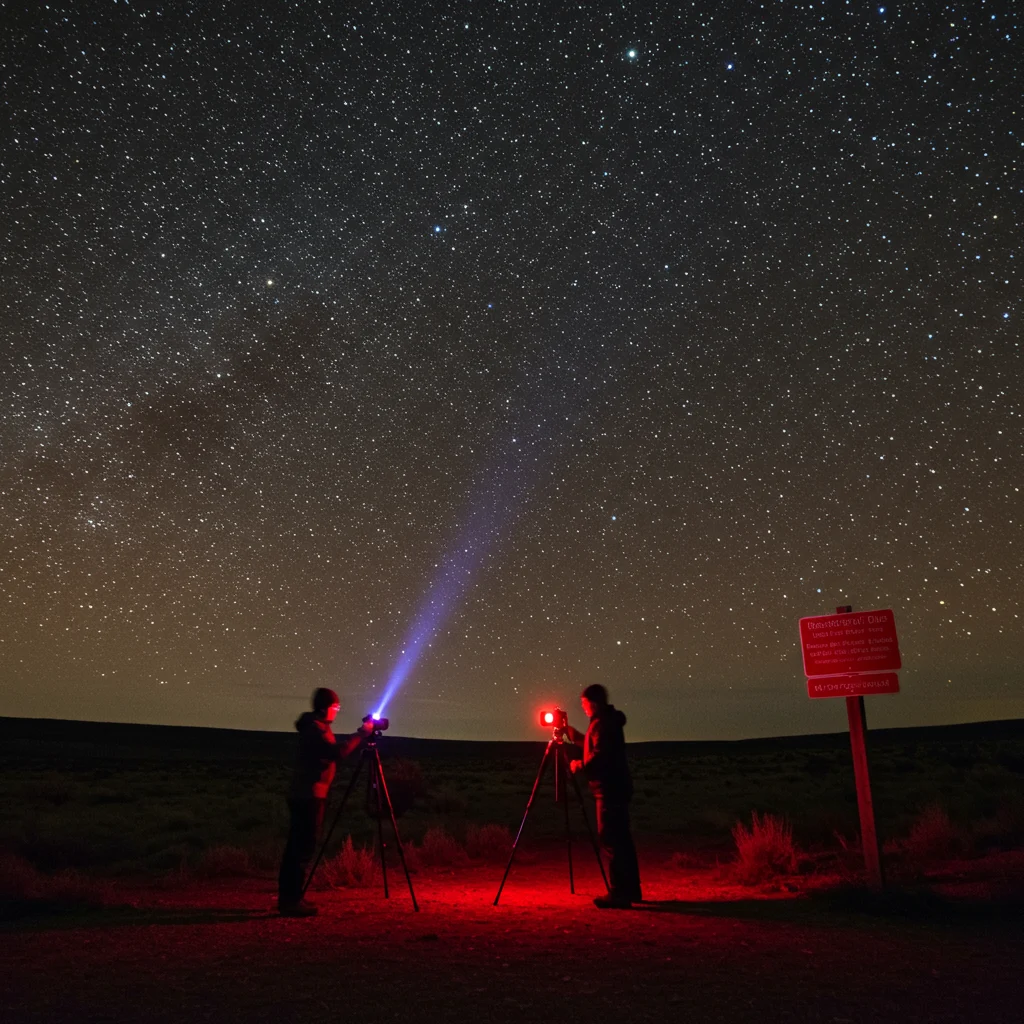
Light Pollution: How to Minimize Your Impact
Use only red lights or dim flashlights at night to preserve night vision and minimize disruption. Shield your devices and avoid using car headlights near viewing areas.
Respecting Other Stargazers
Maintain quiet, avoid shining lights near others, and share equipment when appropriate. Be patient and courteous, especially during crowded events or meteor showers.
Weather Considerations: What to Expect
Mauna Kea’s weather can shift quickly, with winds, clouds, or sudden temperature drops. Preparation and flexibility are key to a safe visit.
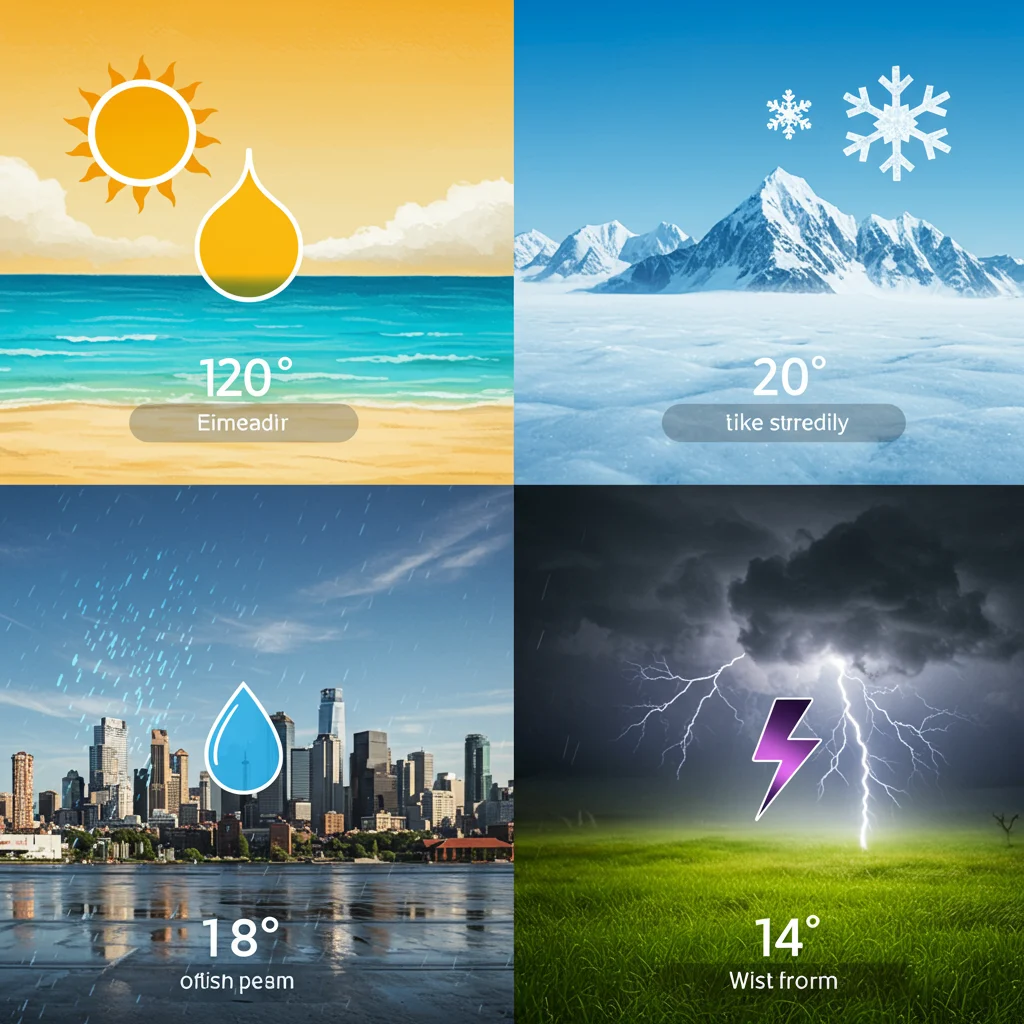
How to Check Weather and Visibility
Monitor local weather services and the Mauna Kea Weather Center website before your trip. Conditions can vary dramatically between the coast, VIS, and summit.
What to Do If Conditions Change Suddenly?
If clouds roll in or winds become dangerous, descend to a safer elevation immediately. Always carry extra clothing and supplies in case you need to wait out a storm or delay your return.
Accessibility and Age Restrictions
Mauna Kea stargazing is accessible to most, but certain restrictions and physical demands apply due to altitude and terrain.
Is Mauna Kea Stargazing Family-Friendly?
The VIS is suitable for families with children over 13, but the summit is not recommended for young children or pregnant individuals. Programs at the VIS are educational and engaging for curious minds.
Physical Requirements for Visitors
Visitors should be able to walk short distances on uneven surfaces and handle cold temperatures. Those with respiratory or cardiac issues should consult a physician before attempting high-altitude travel.
Packing List for a Mauna Kea Stargazing Adventure
A well-prepared packing list ensures comfort and safety during your stargazing outing.
Essentials for Comfort and Safety
- Warm, layered clothing
- Sturdy boots and thick socks
- Headlamp with red light
- Binoculars or telescope (optional)
- Camera and tripod for photography
- Reusable water bottle
Snacks, Water, and Supplies
- High-energy snacks (nuts, granola bars)
- Thermos with hot beverage
- Blanket or camp chair
- First aid kit
- Phone with stargazing app and offline maps
Frequently Asked Questions About Mauna Kea Stargazing
Visitors often have questions about logistics, best practices, and whether the experience is right for them.
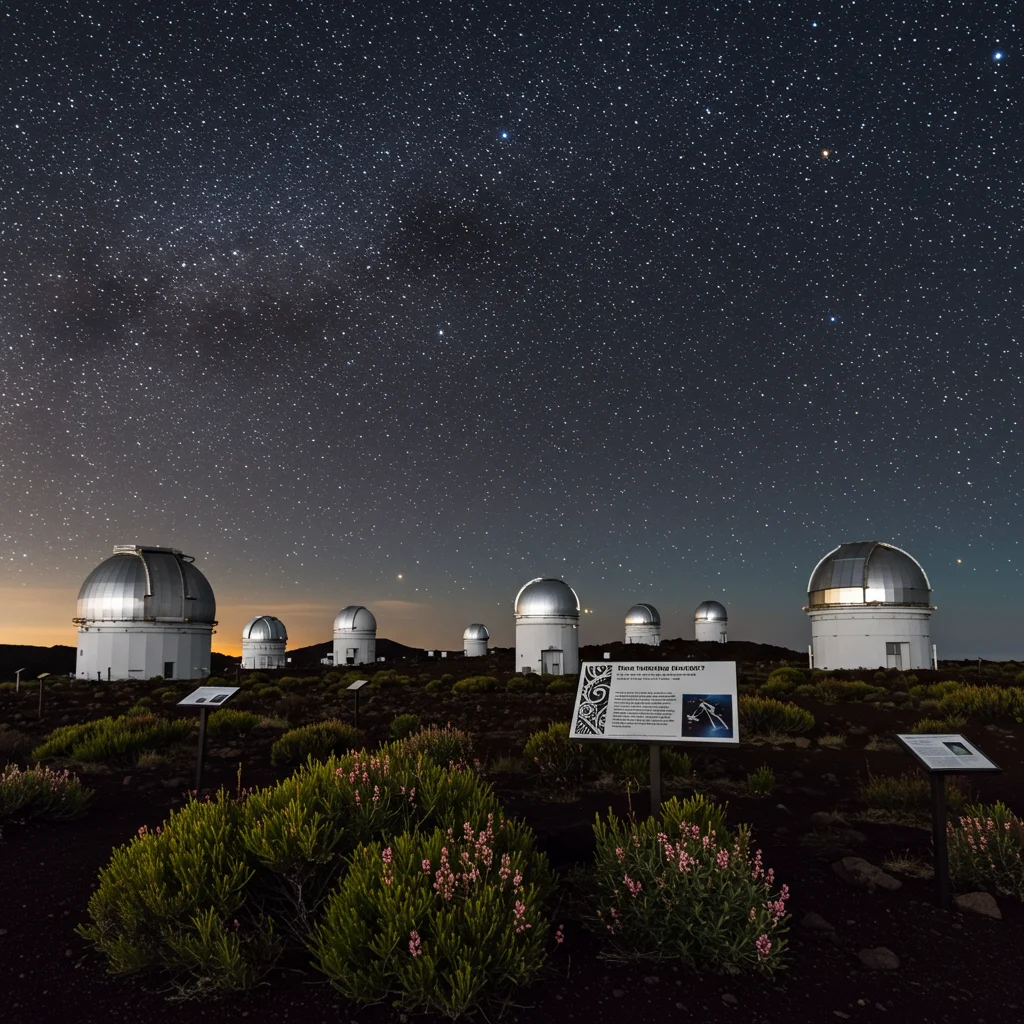
Is Stargazing at Mauna Kea Worth It?
Absolutely. The clarity of the sky and the awe-inspiring views make it one of the world’s premier stargazing destinations. As experts often say:
“The night sky at Mauna Kea is not just a sight; it’s an experience that connects us to the cosmos and to ancient traditions.”
Can You Stargaze Without a Tour?
Yes, self-guided visits to the VIS are allowed and popular. However, tours provide added safety, transportation, and educational context, especially for first-timers.
Are Reservations Required?
For guided tours, reservations are essential and often fill up quickly. Independent visitors do not need reservations for the VIS, but summit access is controlled and may be limited.
Travel Tips for a Smooth Mauna Kea Visit
A bit of planning goes a long way in making your stargazing trip enjoyable and hassle-free.
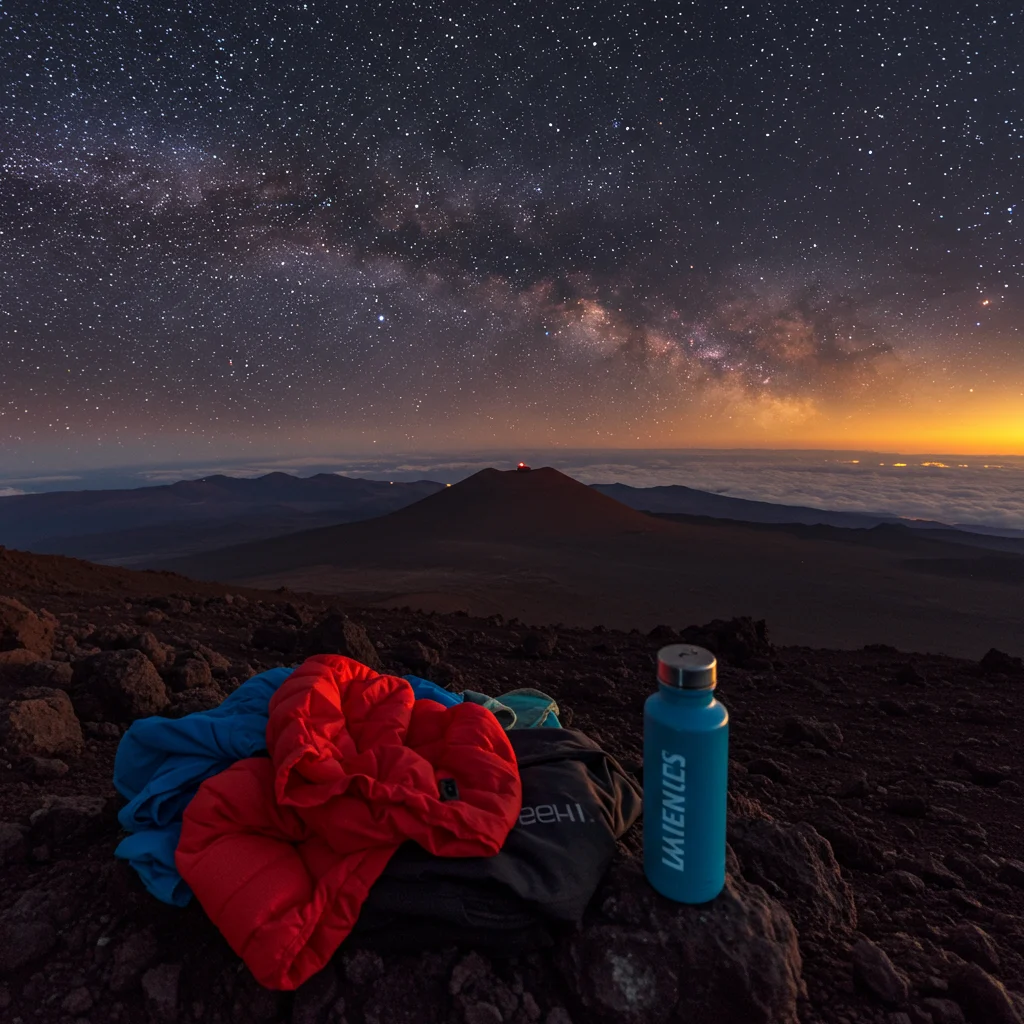
When Should You Arrive for Stargazing?
Arrive at least an hour before sunset to acclimate and secure a good viewing spot. Early arrival also allows time to set up equipment and adjust to the changing light.
How to Make the Most of Your Time on Mauna Kea
Bring a sense of wonder and patience. Weather and crowds may require flexibility, but the rewards are well worth it. For those seeking diverse adventures, pairing stargazing with outdoor activities—such as those described in our article on snorkeling in Hanauma Bay—can create a well-rounded itinerary.
Combining Stargazing with Other Mauna Kea Activities
Many visitors choose to enhance their Mauna Kea experience by enjoying daytime or sunset activities before the stars appear.
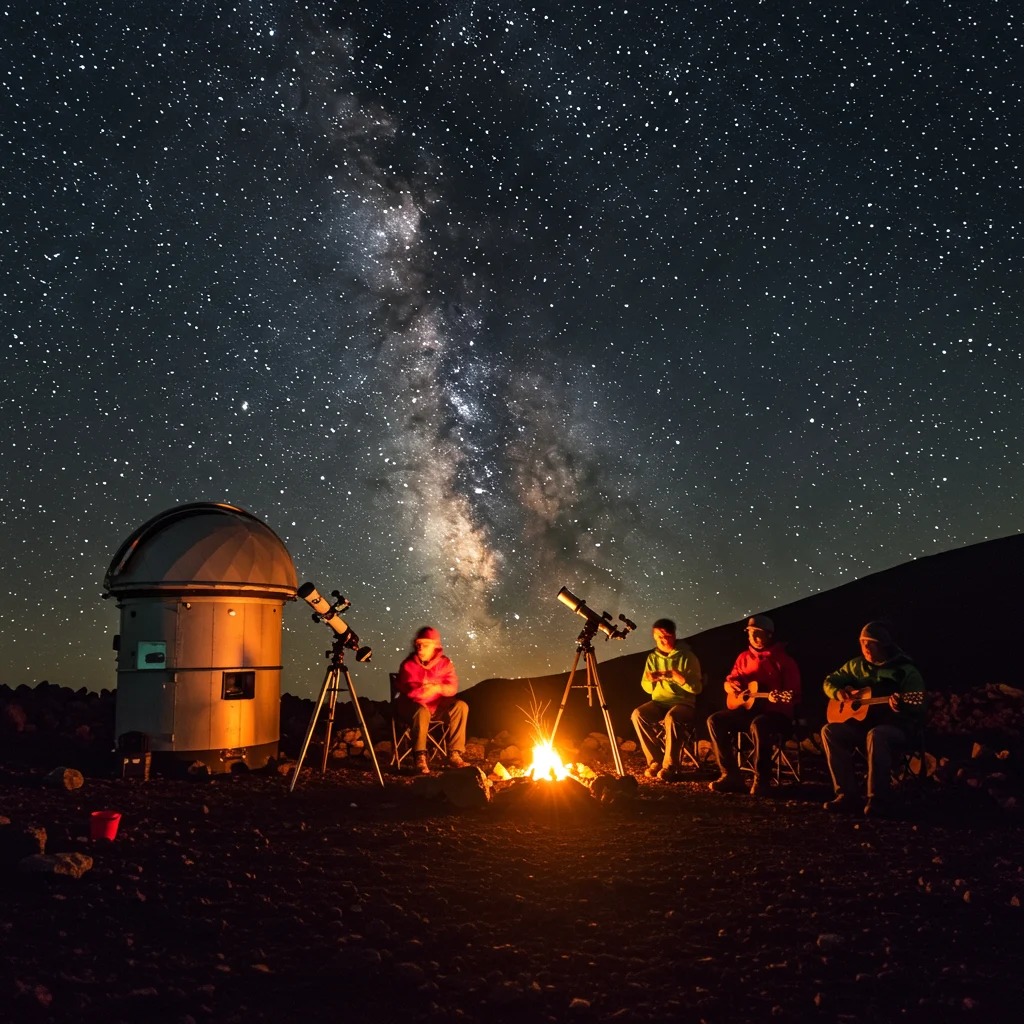
Daytime Hiking and Sightseeing
The slopes of Mauna Kea offer scenic trails and panoramic vistas. Daytime hikes reveal unique volcanic features, native flora, and sweeping views of the island below.
Sunset Viewing Before Stargazing
Witnessing sunset from Mauna Kea is a highlight, as the sky glows in hues of orange and purple, and the clouds drift below your feet. The transition from dusk to darkness is magical, setting the stage for a spectacular night sky.
Where to Stay Near Mauna Kea
Choosing the right accommodation ensures a restful night before or after your adventure.

Best Hotels and Lodging Options
Waimea and Hilo offer comfortable hotels, bed and breakfasts, and vacation rentals within reasonable driving distance of Mauna Kea. Some properties provide early breakfasts and late check-ins, catering to stargazers’ schedules.
Camping Near Mauna Kea
While camping is not permitted at the VIS or summit, several state parks and private campgrounds on the island provide excellent alternatives. Always check current regulations and secure permits in advance.
Sustainable and Responsible Tourism at Mauna Kea
Protecting Mauna Kea’s fragile environment and respecting its cultural value are responsibilities shared by all visitors.

Leave No Trace Principles
Pack out all trash, minimize your impact, and avoid disturbing wildlife or plants. Stay on marked trails and viewing areas to protect sensitive habitats.
Supporting Local Communities
Choose locally owned tour operators, shops, and restaurants when planning your trip. Your support helps sustain the island’s unique culture and economy. For those interested in sustainable travel, our article on the Golden Circle and Blue Lagoon highlights eco-friendly approaches to exploration.
Useful Resources and Further Reading
Preparation and learning deepen your appreciation for Mauna Kea’s night sky. Numerous resources are available for both beginners and advanced astronomers.
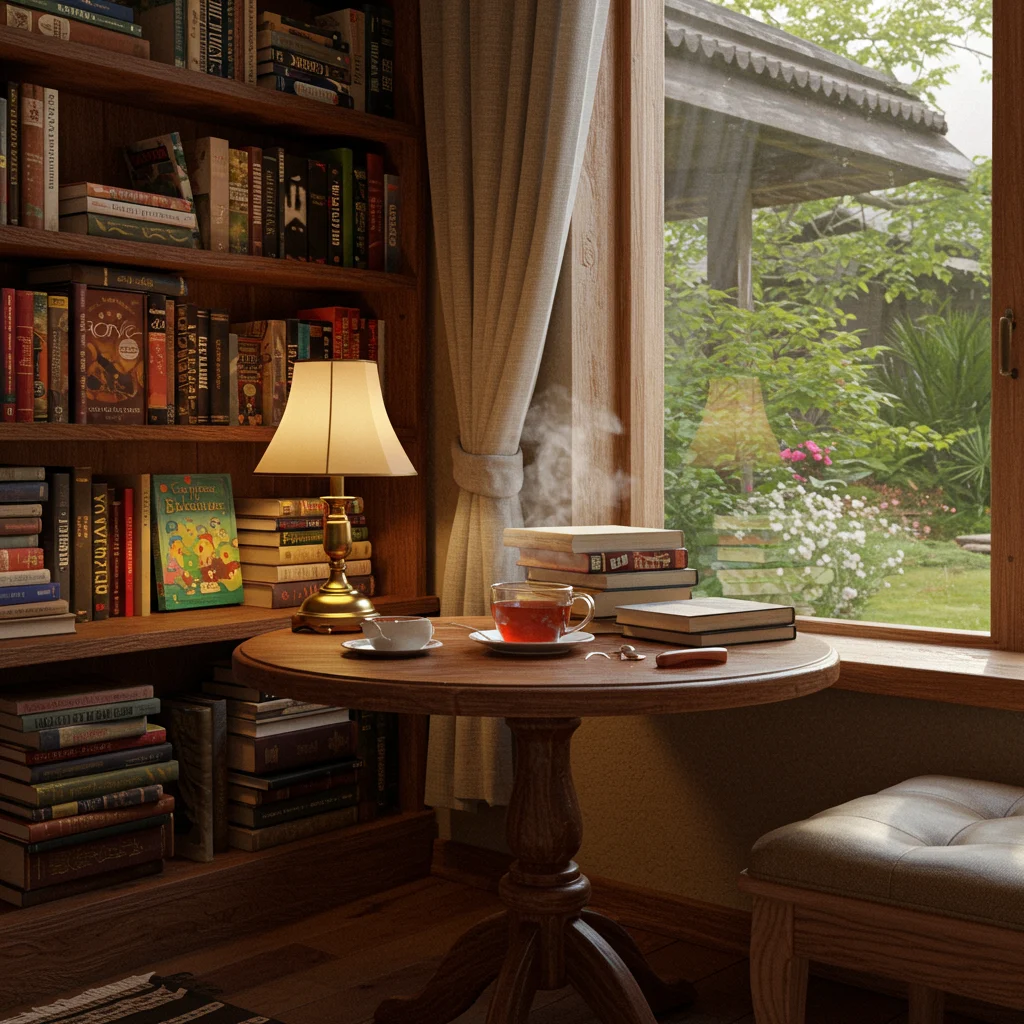
Recommended Books and Guides
- “Stars Over Hawaii” by Edwin H. Bryan Jr.
- “Hawaii Star Gazing Guide” by Mike Butash
- Mauna Kea Visitor Information Station handouts
Online Forums and Local Organizations
- Mauna Kea Weather Center website
- Hawaii Astronomical Society
- Local astronomy groups and Facebook communities
How to Book on Viator
Booking your Mauna Kea stargazing experience is simple with Viator. Their platform allows you to browse a variety of tours, compare inclusions, and secure your reservation in advance. Whether you want to join a guided summit tour or plan your trip with added amenities, Viator makes it easy to find the perfect option.

We recommend reviewing recent traveler reviews and confirming all details before booking. By using Viator, you gain access to trusted operators and a seamless reservation process.
Conclusion: Why Mauna Kea is a Stargazer’s Paradise
Mauna Kea’s night sky stands as a testament to nature’s beauty and humanity’s curiosity. Every visit offers new perspectives—whether you marvel at the Milky Way, capture stunning photographs, or simply share a moment of quiet awe with loved ones. As with all memorable journeys, the magic of Mauna Kea lingers long after you descend the mountain.
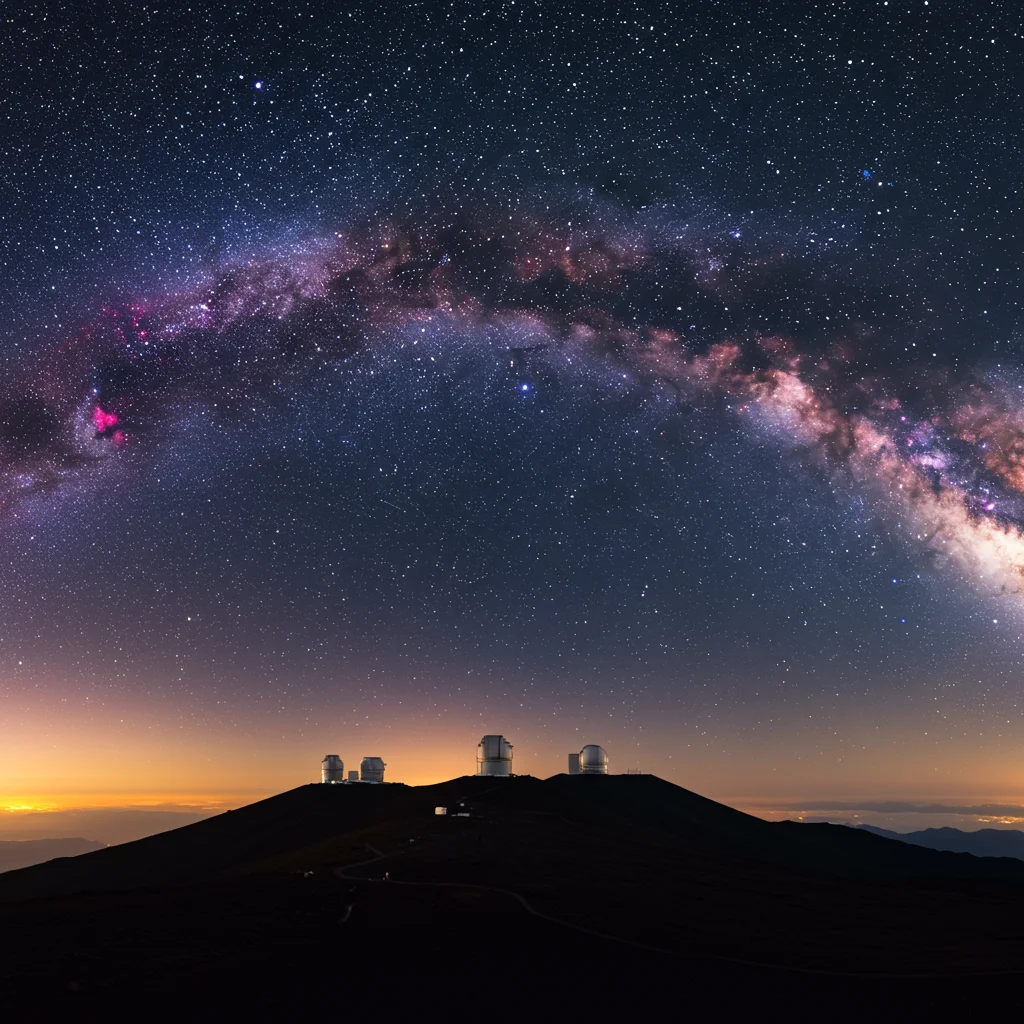
At Unisho, we believe that the best adventures combine respect for nature, cultural understanding, and a sense of wonder. If you are ready to plan your next stargazing trip, we invite you to learn more at Unisho.
Disclaimer: This information is accurate to the best of our knowledge; however, there may be changes or mistakes. Please verify exact details on the Viator booking page.

